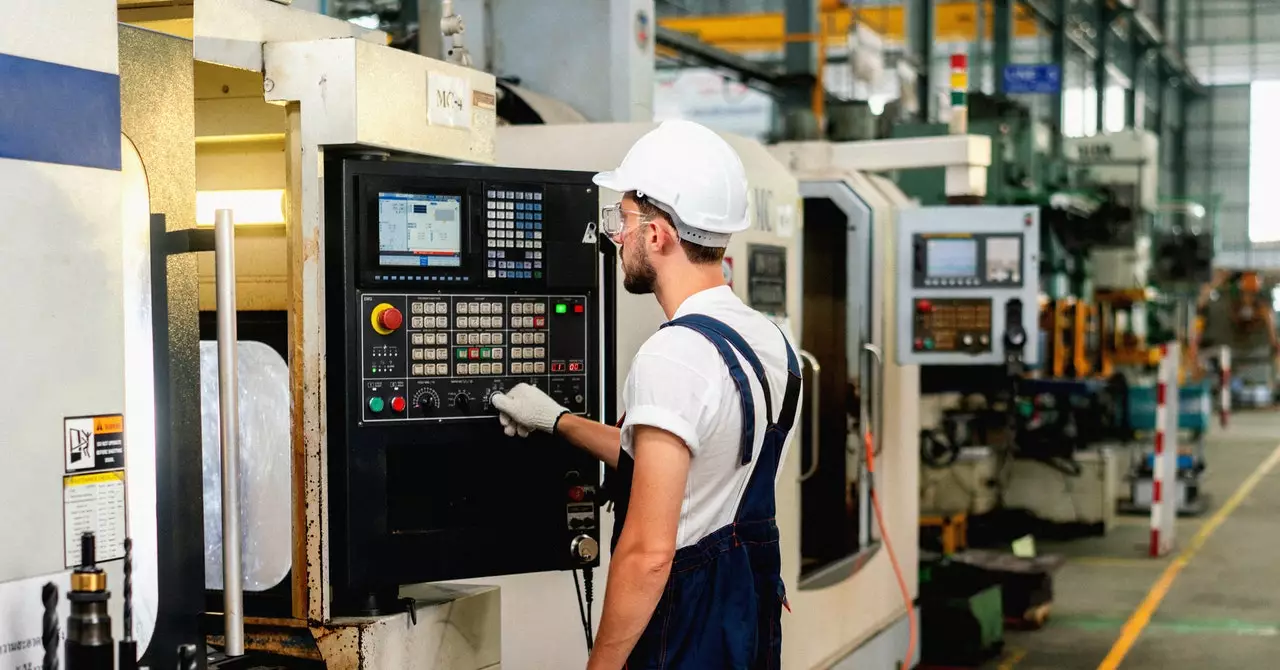The production of steel ball bearings, critical components for various machinery and automotive applications, has undergone gradual evolution since the early 1900s. While the fundamental machinery for grinding these components remains unchanged, the surrounding processes have experienced significant transformations, particularly with the advent of automation. As manufacturing industries continue to embrace intelligent systems, the future holds the potential for enhanced efficiency and precision in the production cycle.
The Automation Revolution: From Manual Labor to Smart Technology
A century ago, the grinding and production processes of steel ball bearings relied heavily on manual labor. Workers operated machinery, monitored quality, and addressed issues on the fly. Today, however, much of this work is automated. Conveyors now seamlessly transport raw materials and finished products, while machines execute multiple tasks that once required skilled human hands. The introduction of automation serves not only to enhance productivity but also to mitigate human error, leading to more consistent quality outputs.
In a modern setting, factories, such as Schaeffler’s facility in Hamburg, exemplify this automation trend. Steel wire is processed into rough balls, which are then hardened in furnaces before undergoing a meticulous grinding process. This production line is engineered to achieve extreme precision, ensuring that the finished products boast only a tenth of a micron variance in their spherical shape. Such exacting standards are indispensable in various applications, from automotive engines to high-speed machining tools, signifying the broader importance of quality assurance in industrial manufacturing.
Despite the significant advances in technology, the manufacturing process remains susceptible to defects, prompting ongoing quality control measures. Each piece of machinery in the production line generates a wealth of data that requires constant monitoring. In instances where defects arise, pinpointing the root cause can become a complex endeavor. The source of a defect might be a miscalibrated machine, a faulty tool, or an overlooked adjustment made during manufacturing. Thus, the proverbial needle in a haystack must be found to maintain high-quality standards.
This quality assurance challenge stands to evolve with the integration of artificial intelligence. Innovations like Microsoft’s Factory Operations Agent exemplify how AI can streamline diagnostics within manufacturing. By harnessing large language models, this tool analyzes operational data and provides insights that improve decision-making. It transforms the factory workflow into a more responsive system, eliminating delays in identifying defects and informing preventative measures.
Integrating AI Technology in Production Environments
At Schaeffler, the uptake and implementation of this AI-driven solution marks a critical shift in operational strategies. With this innovative tool, factory workers can query the AI for specific data insights, such as identifying causes for abnormal defect levels or downtime durations. The interaction is akin to a conversation with an intelligent assistant—one that can sift through vast amounts of manufacturing data to extract relevant answers effectively and efficiently.
Kathleen Mitford, a corporate vice president at Microsoft, articulates the profound capabilities of this reasoning agent, emphasizing its ability to understand questions and provide accurate data translations. Contributing to this technology’s effectiveness is its seamless integration with existing data analytics infrastructures such as Microsoft Fabric, further enhancing Schaeffler’s global network of plants. This synergy between operational technology and intelligent data access forms the foundation for the next stage of productive capability.
While the Factory Operations Agent delivers remarkable insights, it is essential to recognize its limitations: it is not an autonomous entity with decision-making capabilities but a resource for information retrieval. The focus remains on aiding human operators rather than replacing them. As AI technologies evolve, the ultimate aim is to complement human skills, creating an augmented workforce capable of multitasking and responding to industry demands more adeptly.
The future of manufacturing is undoubtably interwoven with intelligent automation, and the steel ball bearing production process serves as a beacon for this change. The evolution toward smart technologies, evidence-based decision-making, and continuous quality monitoring is reshaping how industries approach production challenges. As factories become increasingly integrated with AI tools, the potential for heightened efficiency, reduced waste, and significant improvements in product reliability will undoubtedly define the next chapter in manufacturing history.


Leave a Reply